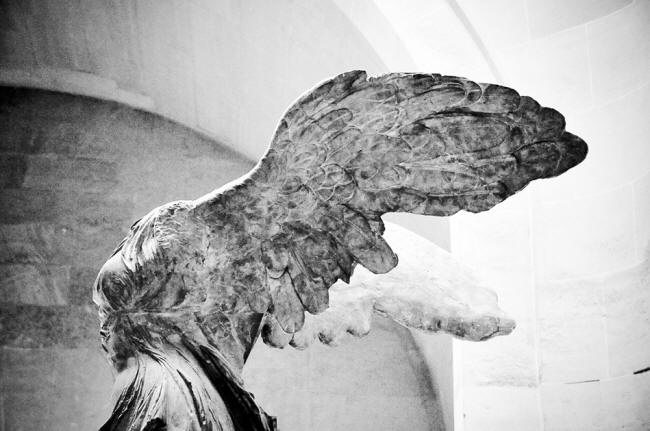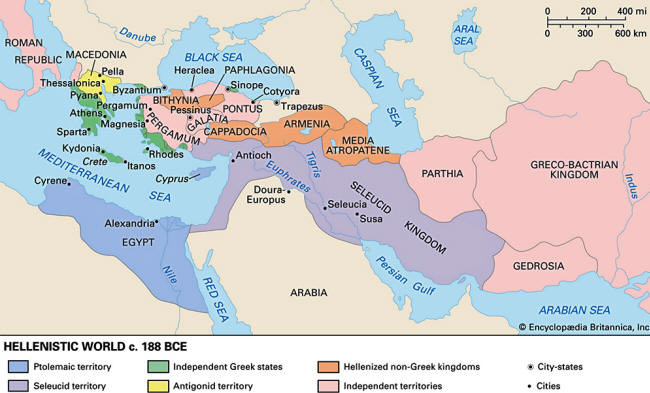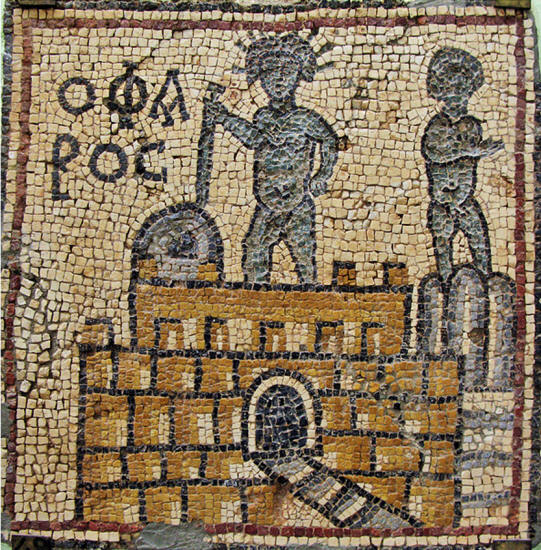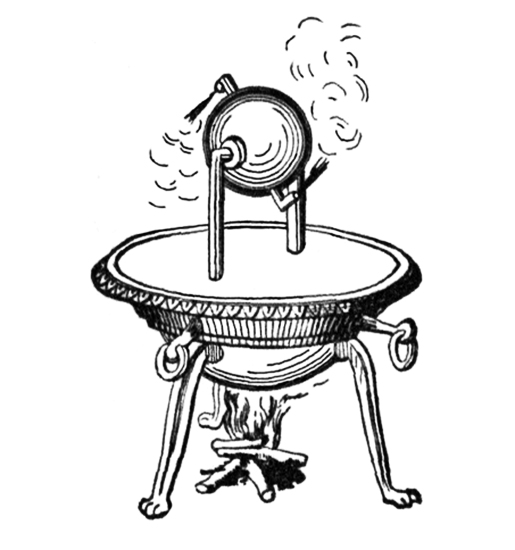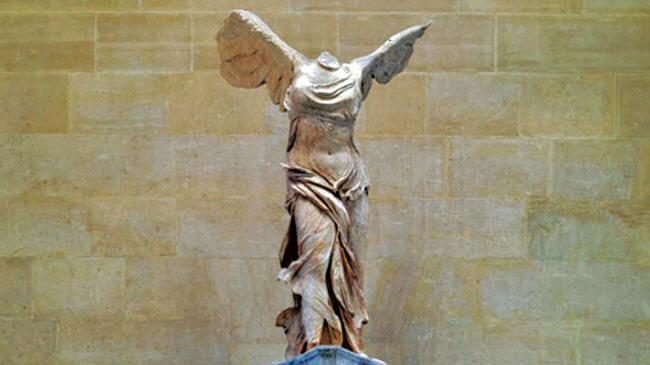|
December 18, 2020
Dating from the death of
Alexander to the rise of Rome, the period marked the decline of the
city-state, the rise of empires, and great achievements in science,
art and philosophy.
He left no heir, so the empire was partitioned between his generals and commanders. They were called the Diadochi (successors), and for some fifty years they fought each other for control of the Macedonian Empire.
Antigonus nearly succeeded in
uniting the empire but was defeated at the battle of Ipsus (301 BC),
ending the
Diadochi Wars.
These states fought each other constantly and were ruled by monarchs.
Meanwhile, many
Macedonians and Greeks settled in the new areas, populating the
cities founded by Alexander.
The Seleucid Empire experienced periods of prosperity and power, especially under Antiochus I and Antiochus III, but was constantly battling rebels and invaders.
The Greeks in
Bactria broke away from the
Seleucids and established a great state in what is now Afghanistan
and Central Asia.
Indeed, the Bactrian
Greeks even expanded into India and created a powerful empire,
something Alexander the Great failed to accomplish.
While Sparta remained independent, it became a political backwater. The city-states simply could not compete militarily with the successor states.
However, some Greeks
remained independent, forming political and military groups such as
the Aetolian League.
of the Lighthouse of Alexandria (labeled Ο ΦΑΡΟϹ),
Olbia,
Libya c. 4th c. AD
This brought great
prosperity to Greece in particular.
New architectural and shipbuilding techniques were developed. Scientific instruments such as water-clocks were invented. Heron of Alexandria developed the world’s first steam engine, known as the aeolipile.
New agricultural
practices were also pioneered, particularly in Ptolemaic Egypt.
Mathematics and science
also flourished. Indeed, in Alexandria, scientists argued that the
world was round and rotated around the sun, over 1500 years
before Copernicus.
A Greek dialect known as Koine became the lingua franca of much of the known world. Sculpture and painting became more human-focused, a phenomenon that resurfaced later in the Renaissance.
The period saw the creation of many artistic masterpieces, such as the famous statue Nike of Samothrace.
Such works later greatly
influenced Roman art.
Mystery religions such as Orphism became popular. There was a great deal of religious syncretism, especially in Ptolemaic Egypt, as many of the Hellenistic monarchs were curious and open-minded.
The Greeks in Bactria even became Buddhists, greatly influencing the development of classic Buddhist art. Perhaps due to the turbulence of the era, many turned inward, focusing more on personal salvation and peace of mind.
Some important philosophical schools also arose at this time.
The Romans were deeply influenced by the Hellenistic culture. Many members of the Roman elite wrote and spoke Greek.
Indeed, after 146 BC, a
Greco-Roman culture came to dominate the Mediterranean World.
The Seleucid Empire was in decline due to constant Parthian incursions. While Antiochus II the Great was able to restore the empire to its former glory, he threatened Roman influence in the Eastern Mediterranean.
At the Battle of
Magnesia, Antigonus was decisively defeated.
The Romans fought the Macedonians in Three Wars (214-148 BC).
In 148 BC, the Romans triumphed and the kingdom of Alexander the Great became a vassal state of Rome.
Corinth was sacked and this marked the start of Rome’s domination of Greece.
By 146 BC, only the
Greeks in Bactria and India retained power.
While Rome ended the
Hellenistic Age, they were also its heirs...
|


